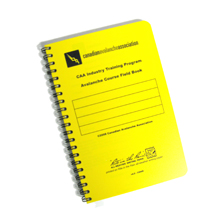Situational Awareness: Sledder vs Skier
In my last post on this subject I wrote about how skiers have an advantage over sledders in that they have more opportunity to observe conditions as they travel through terrain. Today, some observations on the flip side of the coin.
One of the guys on my SAR team just got back from the CAA ITP Level 1: Snowmobile course in Revelstoke, BC. His comment on the course was that he didn’t understand how “you guys” (meaning skiers) could do what they did on the course, as he described the distances travelled, and the variety of terrain they toured through.
This is the sledder’s view of the world. While a skier might travel 20km in a day, someone on a snowmobile will do that in a few minutes. Their opportunity is this; they can see much more terrain than a skier can in one day. It’s also their risk (as I wrote n the last post).
Skiers can chose an area depending on the conditions, and be happy in that area for a day. Sledders, with greater speed, could easily get bored staying in the “safe” zone.
The key to maintaining situational awareness while snowmobiling is this; use your strengths (speed, distance) to counter your weaknesses (lack of opportunity for observations). Stop, and poke in the snow — learn a few analytical skills for studying the snowpack. You can’t hear “whumphs,” and often won’t notice shooting cracks or other obvious signs of snow instability. Make up for it by being able to stop, dig a quick pit, and write down what you see, even if it’s a sketch. Temember to record the location, elevation, and aspect (use your GPS and compass.
A sledder’s avalanche field book could easily be huge by the end of the season!

As the day and the season progresses, a sledder’s knowledge of the terrain and the snowpack history could easily be better than a skier’s, but only if they take the time to make the observations.

Always good mike. Couple things that myself and a few other Sled Avy instructors have been noticing and trying to get people to think of on a sled: You can really feel the density of the snow through the throttle, surprising yes. As you travel you lose speed or the RPM increases as the snow is getting softer and deeper. Good time to stop in a safe stop and poke at it. Another thing is to watch the front skis: you can notice some cracking around them, this usally is a sign this is not a good spot. And you can feel the snow is icey, windpacked or softpack by turning at a decent speed and feel how you are turning.
Awesome feedback, thanks Dave. All those things make sense.